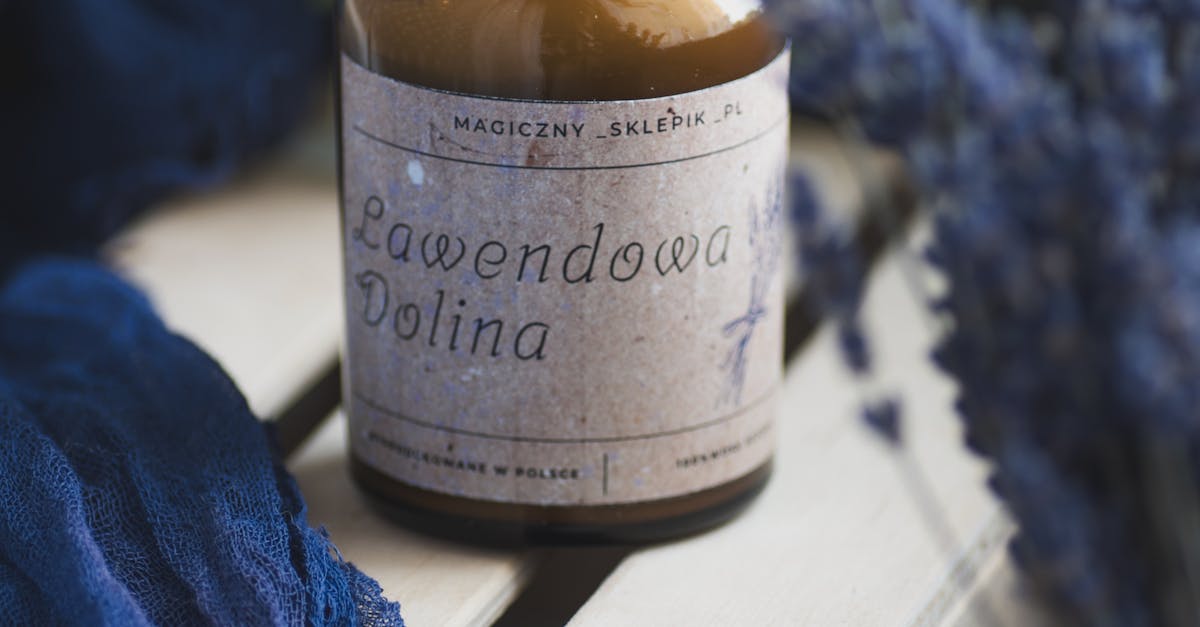Introduction: A Journey into Pet Anxiety
I was just thinking about how much our furry friends mean to us. It’s interesting how pets can become such an integral part of our lives, bringing joy, companionship, and unconditional love. However, you might relate to this: just like humans, pets can experience anxiety. To put it simply, pet anxiety is a real challenge that many pet owners face. I, for example, have a dog named Max who has had his fair share of anxious moments.
You might find this helpful if you’ve ever watched your pet tremble during a thunderstorm or hide when guests come over. I’ve often thought about how stressful it must be for them. It’s common knowledge that pets express anxiety in various ways, from excessive barking and destructive behaviour to withdrawal and aggression. But the good news is, there are solutions available to help ease their anxiety. Let’s dive into the world of pet anxiety medications and explore some options you can purchase to help your beloved companion.
Understanding Pet Anxiety: Signs and Symptoms
Before we jump into the medications, it’s essential to understand what pet anxiety looks like. You might have experienced this with your pet, but if not, here are some common signs:
- Excessive Barking or Meowing: If your pet is vocalizing more than usual, it could be a sign of anxiety.
- Destructive Behaviour: Chewing furniture, digging, or scratching excessively.
- Hiding or Withdrawal: Avoiding social interaction, hiding under furniture or in closets.
- Pacing or Restlessness: Unable to settle down, constantly moving around.
- Panting or Drooling: Excessive panting or drooling, even when not hot.
- Aggression: Growling, snapping, or biting when approached.
I’ve always thought that understanding these signs can help us better address our pets’ needs. It’s no surprise that recognising these symptoms early can make a significant difference in managing their anxiety.
Over-the-Counter Solutions: Natural Remedies
1. CBD Oil
Ever wonder why CBD oil has become so popular for pets? Here’s a thought: CBD oil is derived from the hemp plant and is known for its calming effects. I’ve learned that it can help reduce anxiety in pets without causing any psychoactive effects. Imagine if a few drops of CBD oil could make a difference in your pet’s anxiety levels. Many pet owners have reported positive results, and it’s safe to say that CBD oil is worth considering.
2. Calming Treats
If you’ve ever tried giving your pet a treat to calm them down, you know it can be a hit or miss. But calming treats are specifically formulated with ingredients like chamomile, valerian root, and L-theanine. These natural ingredients are known for their calming properties. I, for example, have used calming treats for Max during thunderstorms, and they’ve worked wonders. It’s common knowledge that pets love treats, so why not make them beneficial?
3. Herbal Supplements
A little-known fact is that herbal supplements can be quite effective in reducing pet anxiety. Supplements containing ingredients like passionflower, ginger root, and St. John’s Wort can help soothe your pet’s nerves. I’ve come to realise that these natural remedies can be a great alternative to prescription medications, especially for pets with mild to moderate anxiety.
Prescription Medications: When Natural Remedies Aren’t Enough
1. Fluoxetine (Prozac)
I guess you could say that Fluoxetine is one of the most well-known medications for treating pet anxiety. It’s no surprise that this medication is often prescribed for pets with severe anxiety or behavioural issues. Fluoxetine works by increasing serotonin levels in the brain, which helps improve mood and reduce anxiety. I’ve often wondered how such a small pill can make such a big difference, but it truly does.
2. Clomipramine (Clomicalm)
Clomipramine is another popular prescription medication for pet anxiety. It’s commonly used to treat separation anxiety in dogs. If you’re like me and have had to leave your pet alone for extended periods, you know how heartbreaking it can be to see them in distress. Clomipramine can help alleviate this anxiety by affecting the levels of neurotransmitters in the brain. You won’t believe the difference it can make in your pet’s behaviour.
3. Alprazolam (Xanax)
Alprazolam is often prescribed for pets with situational anxiety, such as during thunderstorms or fireworks. It’s a fast-acting medication that can quickly calm your pet’s nerves. I’ve been meaning to try this for Max during New Year’s Eve fireworks, as it’s known to be quite effective. If you’ve ever seen your pet panic during loud noises, you might find this helpful.
4. Diazepam (Valium)
Diazepam is another medication that can be used for situational anxiety. It’s commonly used for pets who experience anxiety during vet visits or car rides. I’ve often wondered how stressful these situations must be for our pets, and Diazepam can help take the edge off. It’s important to note that this medication should only be used under the guidance of a veterinarian.
Behavioural Therapies: Complementing Medications
1. Desensitisation and Counter-Conditioning
It dawned on me that medications alone might not be enough to address pet anxiety. Behavioural therapies like desensitisation and counter-conditioning can be incredibly effective when used in conjunction with medications. These techniques involve gradually exposing your pet to the source of their anxiety and rewarding them for calm behaviour. I’ve come to realise that patience and consistency are key to making this work.
2. Training and Socialisation
You may already know that proper training and socialisation can help reduce anxiety in pets. Enrolling your pet in obedience classes or socialisation groups can help them build confidence and reduce fear. I can’t help but think how much Max has benefited from his training classes. It’s safe to say that a well-trained pet is a happier, less anxious pet.
Creating a Calming Environment: Simple Steps to Ease Anxiety
1. Safe Spaces
Imagine if you could create a sanctuary for your pet where they feel safe and secure. Providing a designated safe space, such as a crate or a cosy corner with their favourite blanket, can help reduce anxiety. I’ve always thought that having a safe space can make a world of difference for pets during stressful situations.
2. Calming Music and Aromatherapy
Ever wonder why calming music and aromatherapy are so popular for humans? They can work wonders for pets too! Playing soft, soothing music or using essential oils like lavender can help create a calming environment for your pet. I, for example, have used a diffuser with lavender oil, and it’s amazing how much it helps Max relax.
3. Routine and Consistency
Looking back, I’ve come to realise that pets thrive on routine and consistency. Maintaining a consistent daily routine can help reduce anxiety by providing a sense of predictability. Feeding, walking, and playtime should happen around the same time each day. I guess you could say that a predictable routine can be comforting for pets.
Conclusion: Taking the Next Step
As someone who has experienced the challenges of pet anxiety firsthand, I can’t stress enough the importance of addressing this issue. It’s no surprise that a calm and happy pet leads to a more harmonious household. If you’re like me and want the best for your furry friend, consider exploring the various options available to help ease their anxiety.
Here’s a thought: start by identifying the signs of anxiety in your pet and consult with your veterinarian to determine the best course of action. Whether it’s natural remedies, prescription medications, behavioural therapies, or creating a calming environment, there are plenty of options to choose from. Remember, the goal is to find what works best for your pet and to provide them with the love and support they need.
I hope you found this information helpful and that it inspires you to take the next step in helping your pet live a happier, anxiety-free life. If you’ve ever felt overwhelmed by your pet’s anxiety, know that you’re not alone, and there are solutions available. Let’s work together to make our pets’ lives as joyful and stress-free as possible. 🐾










